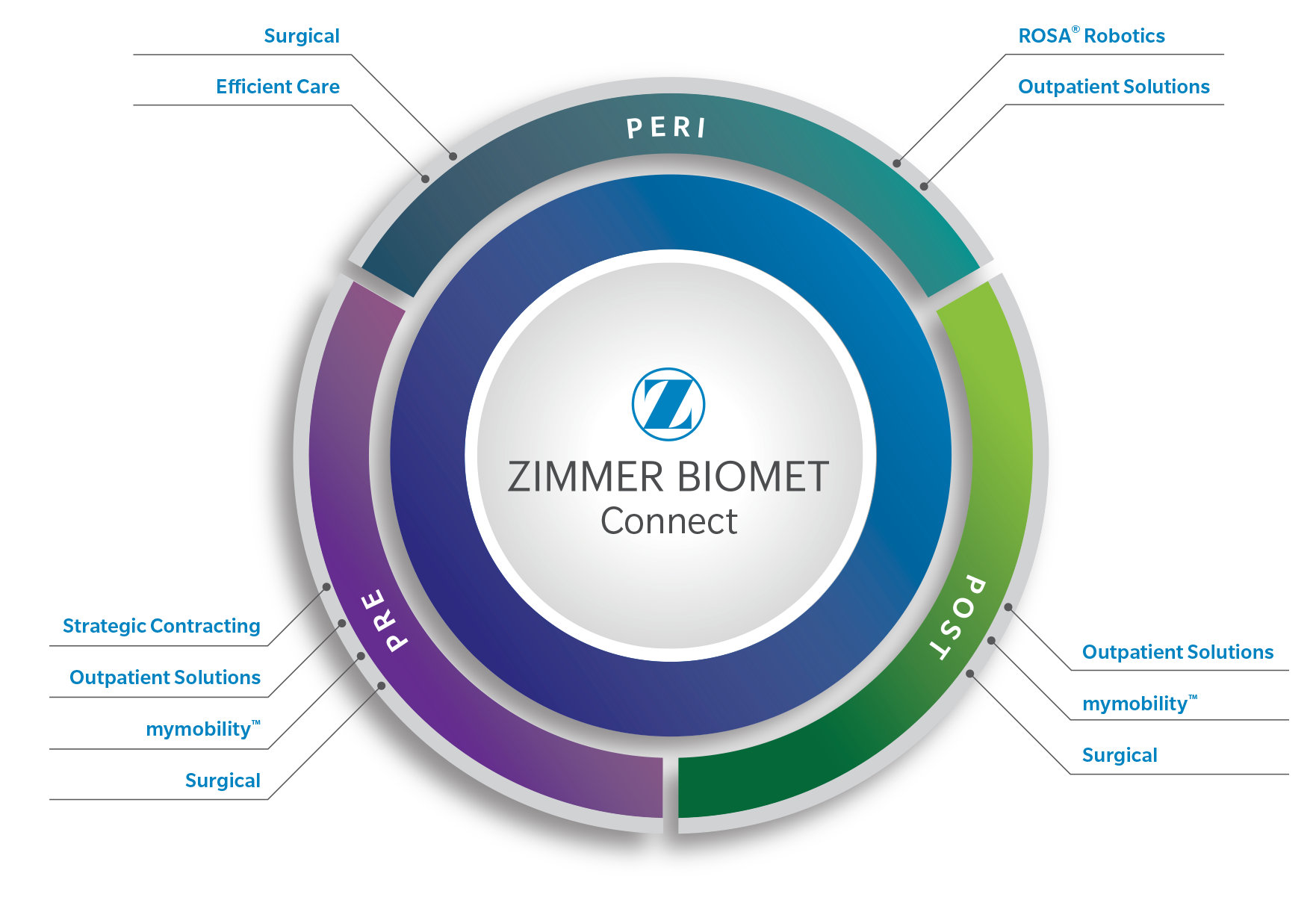Ankle Fracture (Broken Ankle)
In an ankle fracture, one or more of the bones in the ankle joint
are broken. There can be a simple break in the bone, or several
fractures. Twisting, rotating, or rolling your ankle, tripping,
falling, or a hard impact can all cause an ankle fracture.
Symptoms of an ankle fracture include:
- Immediate and severe pain
- Swelling
- Bruising
- Tender to touch
- Inability to bear
weight
- Ankle dislocation
Impingement
Ankle impingement is common after an ankle sprain. Pain occurs at
the front of the ankle, due to squeezing the bony or soft tissues
during activities where your toes point upward.
Symptoms of an ankle impingement include:
- Dull ache at the front of the ankle with rest
- Sharp
pain
- Tenderness
- A clicking sensation during certain
ankle movements
- Puffiness or swelling of the ankle
joint
Instability
Ankle instability occurs when the outside of your ankle repeatedly
gives out. Ankle instability is more likely if you’ve suffered
repeated ankle sprains. Instability usually occurs while walking or
during activity, but it can happen while standing.
Symptoms of instability include:
- Repeated turning of the ankle
- Persistent
discomfort
- Swelling
- Pain
- Tenderness
- Feeling of unstableness
Lisfranc Fracture
The Lisfranc joint is where the long bones that lead to the toes
(metatarsal bones) and the bones in the arch (tarsal bones) connect.
The Lisfranc ligment joins these two bones together and is important
for proper alignment and strength. Injuries in this part of the foot
most commonly occur as a result of direct (something heavy falling on
the foot) or indirect (twisting the foot) force.
Symptoms of a Lisfranc fracture include:
- Swelling
- Pain throughout the middle of the foot when
standing or when pressure is applied
- Inability to bear
weight
- Bruising or blistering on the arch or top of the
foot
- Abnormal widening of the foot
Flatfoot
Flatfoot is a condition where the entire sole of the foot contacts
the ground while standing. This is a result of having no arch in the
foot. There are different types, stages, and varying degrees of
symptoms of flatfoot.
Symptoms of flatfoot include:
- Pain on the inside arch or ankle
- Pain on the outside
of the foot, just below the ankle.
Hallux Rigidus
Hallux rigidus is a joint disorder located at the base of the big
toe. It causes pain and stiffness in the joint. With time, it becomes
harder to bend the big toe. The disorder can be disabling since we use
the big toe to walk and stand.
Symptoms of hallux rigidus include:
- Pain and stiffness in the big toe during use
- Pain and
stiffness aggravated by cold or damp weather
- Difficulty
with certain activities
- Swelling and inflammation around
the joint






